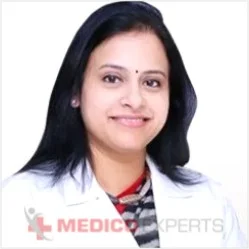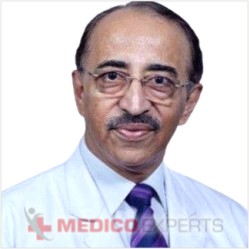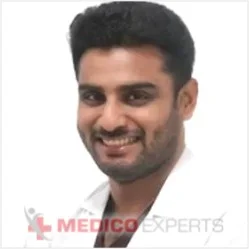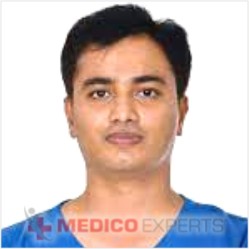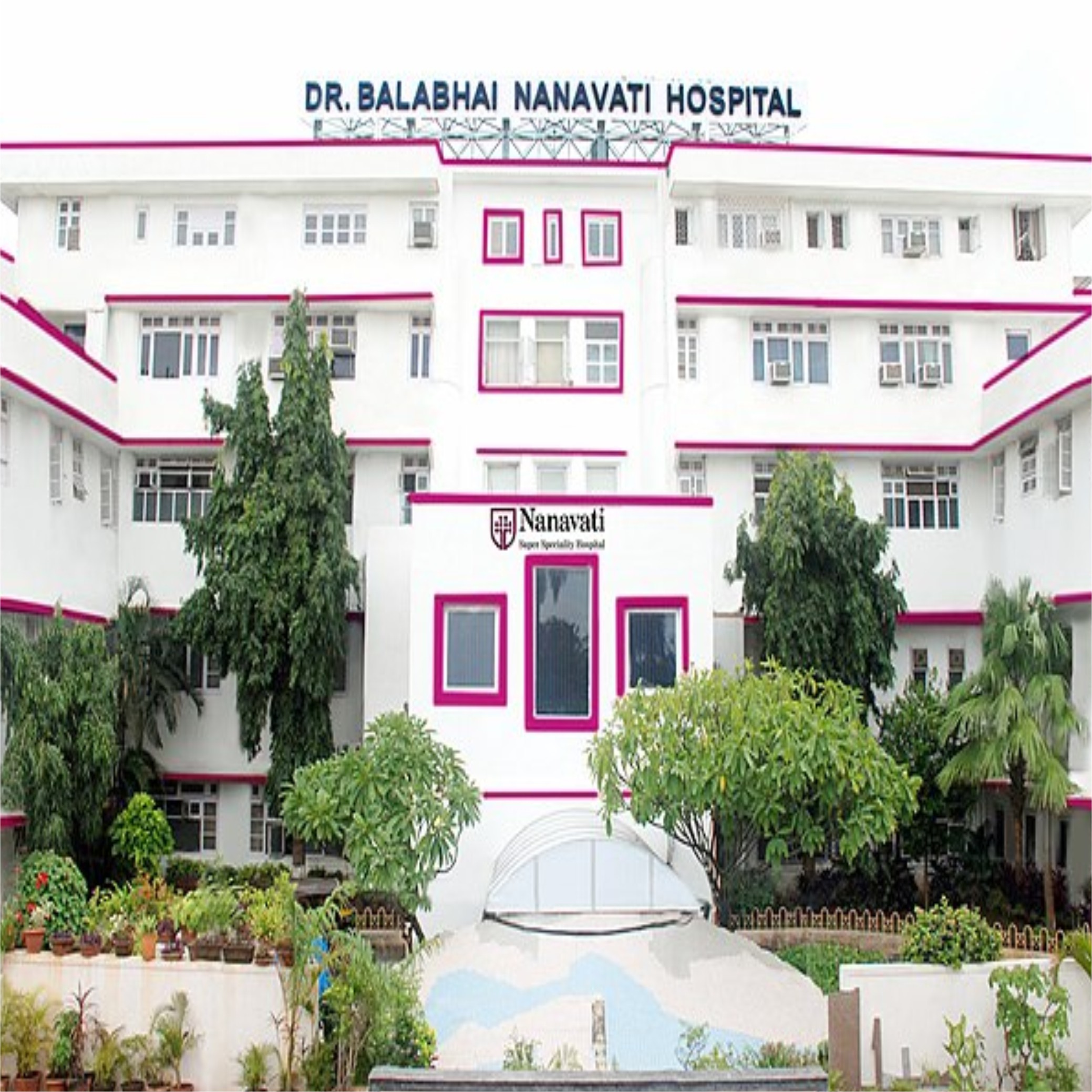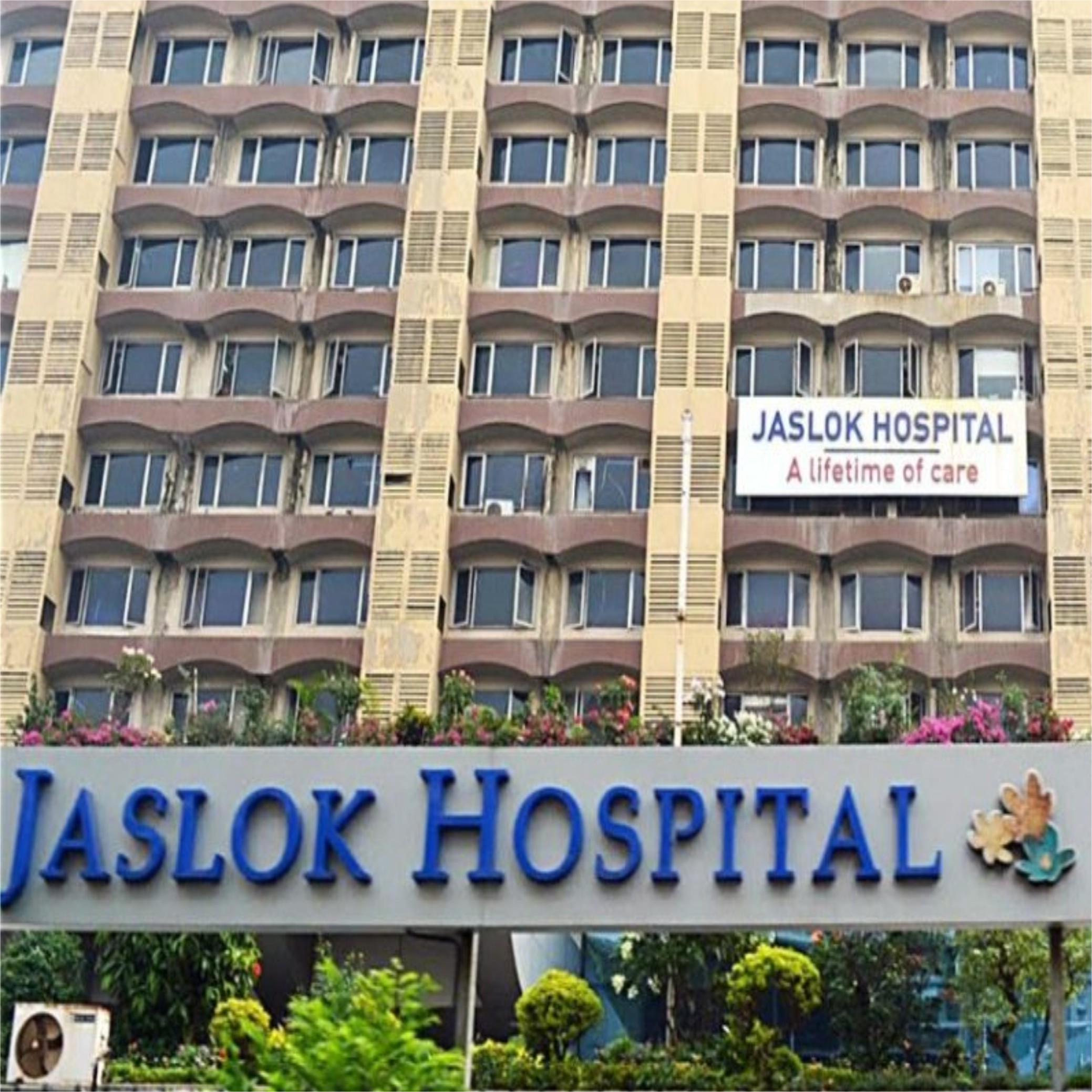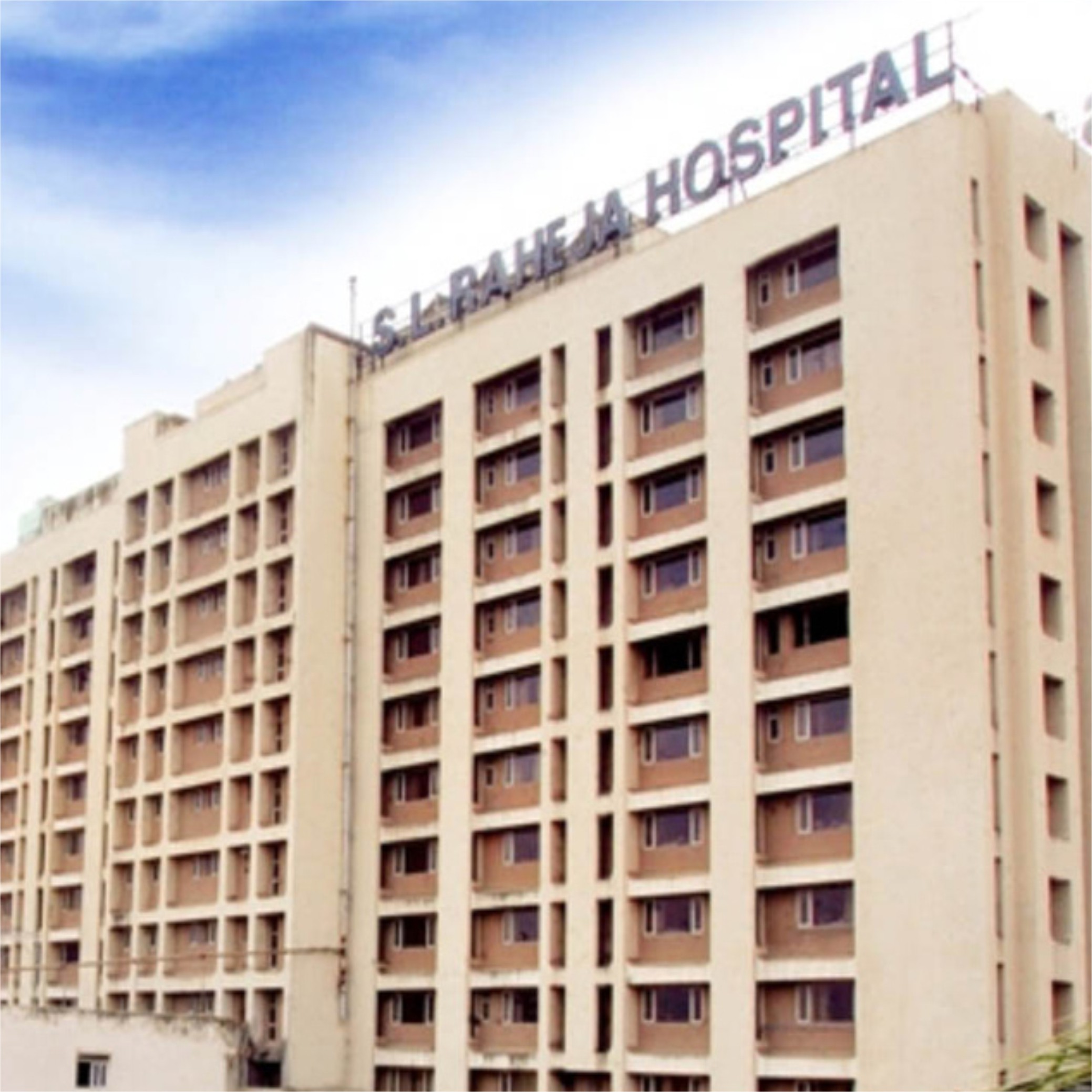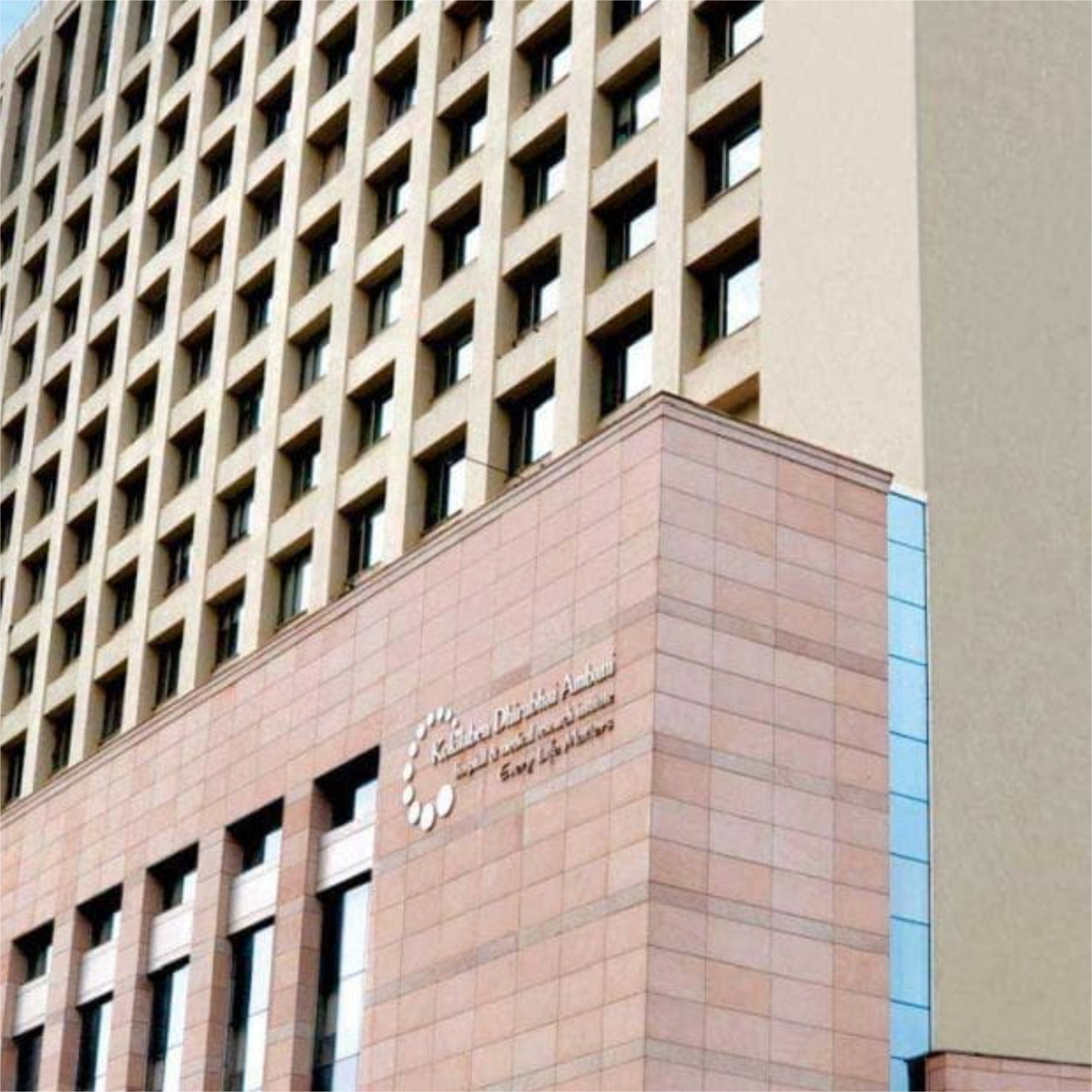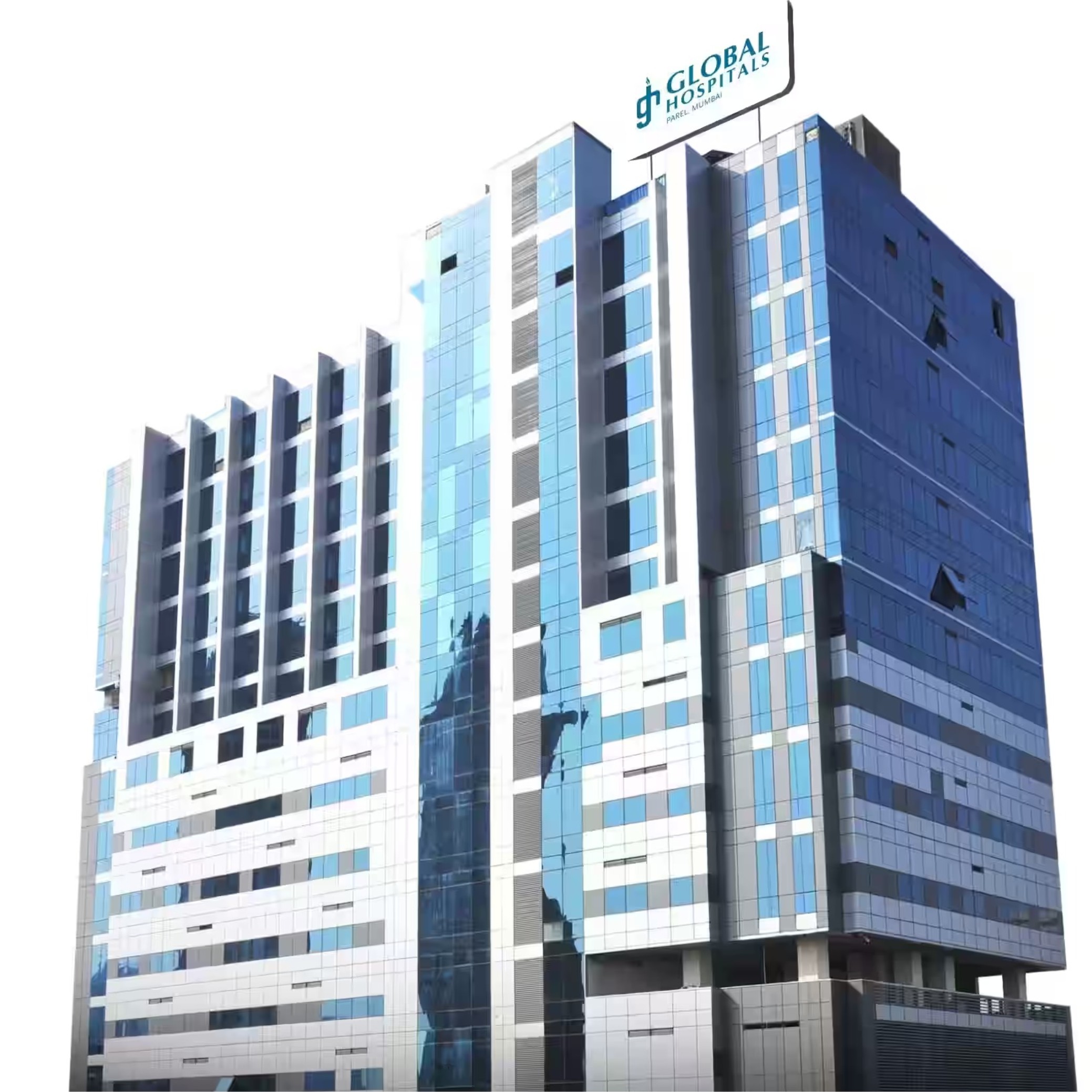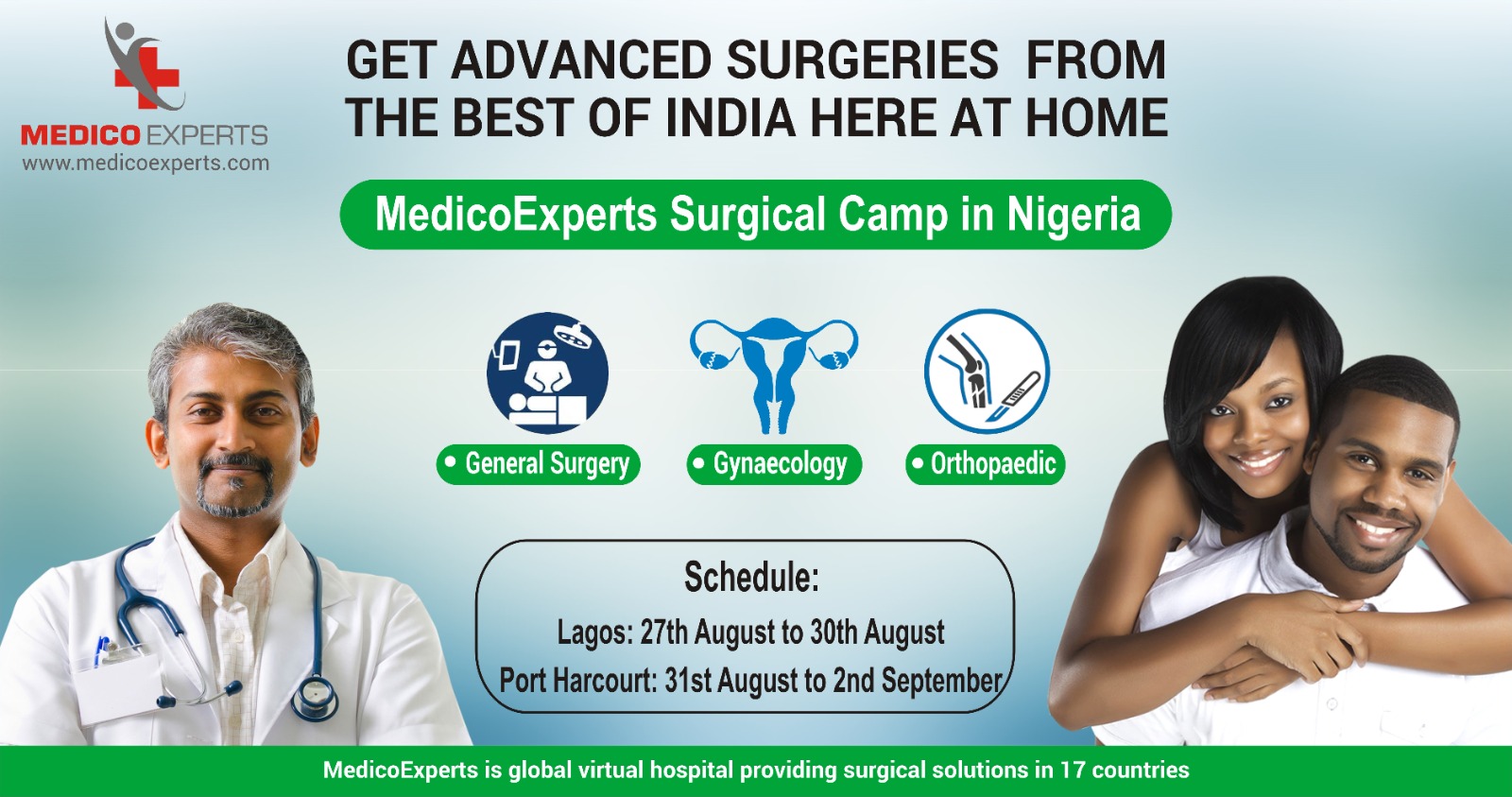According to the CDC, around 3-6% of children are born with congenital defects across the globe every year.
There have been several factors that play a crucial role in causing a congenital birth defect in newborns, which may sometimes cause long-term disability or death. While birth defects are one of the leading causes of death in newborns, [2] sometimes you can reverse these anomalies through surgical intervention.
With innovative surgical methods that have been introduced in the health sciences, people born with birth defects can sometimes reverse their birth defects.
While some birth defects are cosmetic and do not pose any threat to life, several congenital defects can affect the quality of life. But we do not want you to live with an anomaly that can get reversed. Improve your quality of life by reversing birth defects as Khadija did for her daughter Hafsa.
Khadija, a lawyer from Oman, had given birth to a beautiful daughter Hafsa a few months ago. Hafsa was a beautiful child born with a cleft lip and a cleft palate.


The cleft palate and cleft lip were making it difficult for Hafsa to do many daily activities like feeding, sleeping or swallowing food and liquids. Apart from affecting Hafsa’s ability to do daily activities, the cleft lip affected her appearance too.
Concerned about Hafsa’s health, Hafsa’s pediatrician suggested surgery for her. While Khadija was looking for a doctor who could help Hafsa she came across the MedicoExpert website.
The worried mother dropped a query with us. Once our sales team received Khadija’s request we contacted her to know about her availability for an online video consultation with one of our board-certified empanelled doctors.
After the family confirmed their availability we offered an online video consultation for Hafsa’s where the doctor explained the procedure and also cleared the doubts the family had about the treatment.
Soon after the consultation, Khadija confirmed about traveling to India for her daughter’s surgery. Once the family reached India our team ensured hassle-free hospitalization for Hafsa. After the paperwork was complete doctors conducted a few tests for Hafza to ensure her eligibility to undergo the procedure. Once the test reports confirmed Hafza’s eligibility the doctors performed the procedure for her.
At first, the doctor fixed Hafsa’s cleft lip and asked the family to wait a few months for the cleft palate to be repaired. After the surgery, Khadija saw that the doctor had seamlessly fixed the lips by stitching the flaps and the lip muscles to create a normal lip appearance.
Khadija felt happy to see her daughter’s lip which looked so perfect without any gaps. The family flew to Oman after a few days while booking an appointment through us with the doctor for Hafsa’s cleft palate surgery.
Like Khadija, you can also reverse your child’s congenital anomaly if medically possible. But before understanding the treatment let us understand more about congenital defects,

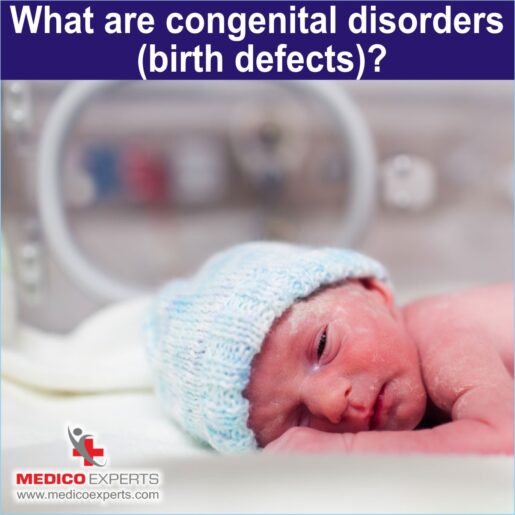
What are congenital disorders (birth defects)?
Birth defects are also known as congenital defects, congenital anomalies, congenital disorders or congenital malformation. Birth defects can affect the structural-the way you look- defect or functional- the way your body functions- defect. Sometimes birth defects can cause both structural and functional defects.
Birth defects typically occur in a child while they are in their mother’s womb. Some of the congenital disorders are identified during pregnancy; there are a few congenital anomalies that get identified soon after birth or later during infancy.
According to the World health organization, some birth defects can be prevented by ensuring that the expecting mother is well-vaccinated. Apart from being vaccinated, expecting mothers must ascertain to consume folic acid and iodine-rich food.
Chromosomal abnormalities are one of the known causes that can cause congenital disorders like Down’s syndrome.
Children born to parents who share the same gene pool (when the parents are related to each other by blood) are at an elevated risk of developing the genetic birth disorder.
Children born to parents having low socioeconomic status are more prone to be born with birth defects. The lack of access to nutritious food to the expecting mother often causes congenital malformation in the unborn child.
Children born to mothers exposed to infections like Zika virus, rubella or syphilis are at risk of developing congenital malformation.
Apart from being exposed to pathogens, sometimes exposure to certain pollutants and radiation also increases the risk of a child developing a birth defect while in the womb.
The Center for disease control has supported a study showing, pregnant women undergoing antiretroviral therapy for AIDS are at an elevated risk of giving birth to children with congenital disorders.
Broadly birth defects can be categorized into structural and functional congenital birth defects.
Structural birth defect:
Children born with structural birth defects have anomalies related to the development of body parts like in the case of congenital heart disease or spina bifida.
Functional birth defect:
Functional birth defects affect the normal functioning of body parts. Generally, functional birth defects can cause intellectual defects. Some of the functional birth defects include:
- Nervous disorders, like speech and movement issues, behavioral problems.
- Sensory problems like deafness or blindness.
- Degenerative disorders like muscular dystrophy
- Metabolic disorders like hypothyroidism.
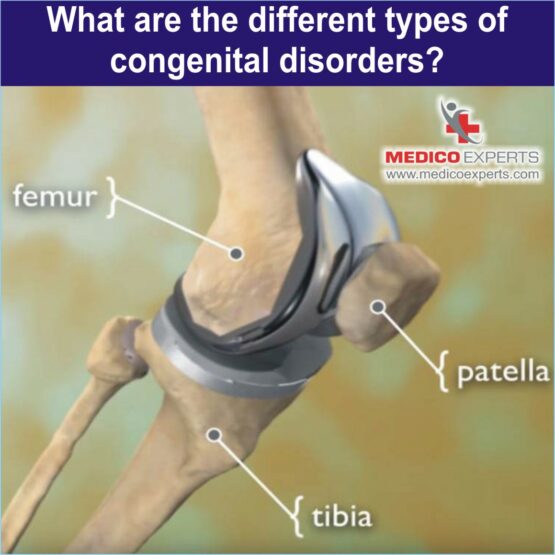
Congenital heart disease is the most common birth defect. About 1% of kids are born with this type of birth defect every year.
Congenital heart disease is a broad term which is generally used to describe structural issues of the heart that affect its efficient functioning.
About one in every two hundred babies born has hypospadias. Hypospadias is one of the most common birth defects in boys in which the opening for the urethra is formed anywhere between the scrotum to just below the end of the penis.
Generally, the opening of the urethra in males is located at the tip of the penis.
The abnormal positioning of the urethra can cause difficulty in passing urine. This type of birth defect usually needs surgery to reverse it.
About one in every 700 babies born has Down syndrome. Also, Down syndrome is one of the most common chromosomal anomalies.
This type of birth defect usually causes physical deformities and developmental challenges.
Studies show that one in every 1,700 babies born has a cleft palate.
Typically a cleft palate develops in a baby when the tissue that forms the roof of the mouth does not fuse completely, while the baby is in the womb.
Around one in every 2,800 babies born has a cleft lip. A cleft lip happens when the tissue of the upper lip does not join completely before birth.
The cleft lip can be a small slit or a large opening that may sometimes go up to the nose.
One in every 1600 children is born with a cleft lip and a cleft palate. Usually, surgery is advised to reverse this type of birth defect.
Although this defect may appear cosmetic if left untreated it can affect the general well being of the child.
According to CDC one in every 1,900 babies born has a limb reduction defect. Although the exact cause for this particular defect is yet not known. However, exposure to certain chemicals, viruses, medication or usage of tobacco during pregnancy increase the risk of a mother giving birth to a child with missing or underdeveloped limbs.
Around one in every 1,953 babies born has gastroschisis.
Gastroschisis is a common birth defect in children born to young mothers.
This kind of birth defect is marked by the presence of a hole in the abdomen through which the intestines or sometimes the other organs of the baby extend out of their body.
Around one in every 1,953 babies born has gastroschisis.
Gastroschisis is a common birth defect in children born to young mothers.
This kind of birth defect is marked by the presence of a hole in the abdomen through which the intestines or sometimes the other organs of the baby extend out of their body.
Every year one in every 2,758 babies born has spina bifida.
Spina bifida is a type of neural tube defect which may affect the nerves and the spinal cord.
Preconception screening is done for women who are planning a baby. As the name suggests, preconception screening helps in identifying the risk of passing a disorder to the children.
During the preconception screening, your doctor also takes a note of your family history especially if marriage between cousins is common in your family.
Certain maternal characteristics may elevate your risk to deliver a child with a congenital disorder. However, if you can screen for the risk factor you can get appropriate care, according to risk to avoid delivering a child with birth defects.
Also, your doctor might ask for your age, medication, and other risk factors while screening you.
Apart from asking questions, your doctor can advise you on some tests like ultrasound to screen for Down syndrome and some major structural abnormalities during the first trimester.
During the second trimester ultrasound helps to screen for severe fetal anomalies.
Apart from ultrasound, your doctor may also suggest some blood tests to check for placental markers to screen for chromosomal abnormalities or neural defects.
Sometimes screening tests like chorionic villus sampling and amniocentesis also help in detecting chromosomal abnormalities and infections in women.
It is essential to screen for birth defects in newborns soon after birth. By screening newborns with birth defects the doctors help to reduce their mortality and morbidity. Early screening of birth defects enables the doctor to initiate on-time treatment for better health outcomes.

How to prevent congenital disorder?
Congenital disorder or congenital malformation is common in low and middle-income countries. International and local governments are working hand in hand to create awareness among people on ways to prevent birth defects.
Moreover, healthcare organizations are working to reduce the frequency of birth defects by identifying certain risk factors while working to remove them. Some of the important interventions taken by these organizations include:
- Ensuring the expecting mother has nutrient-rich meals during pregnancy. Also, the expecting mother should consume folic acid rich-food.
- Avoid exposure to harmful substances, like certain radiation, drugs, alcohol and tobacco;
- Pregnant women should avoid extensive traveling, especially in areas which are experiencing an outbreak of certain infections like the Zika virus or rubella.
- Maintaining a healthy lifestyle during pregnancy, many doctors advise maintaining a healthy weight before planning a child. Also, women with diabetes must ensure to keep a check on their blood glucose levels during pregnancy.
- Avoid exposure to hazardous substances like heavy metals or pesticides during pregnancy;
- Get vaccinated against the rubella virus before planning a child
- Get yourself screened regularly during pregnancy to ensure that there is no congenital disorder.
Usually, congenital defects can be reversed by medical or surgical interventions. However, surgery can sometimes require a good follow-up to reduce any complications.
The health outcome for children with birth defects is usually better when the congenital defect is detected at an early stage.
With the help of adequate medical care, the quality of life improves for children born with congenital disorders that affect their metabolic function
However, some children with certain birth defects may require prolonged support to reverse or manage their disorder.
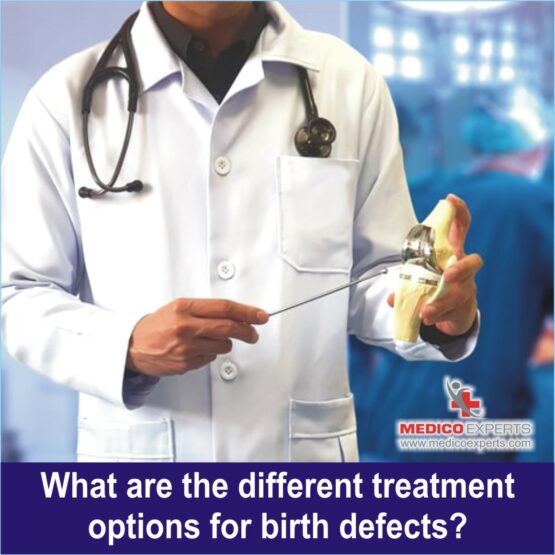
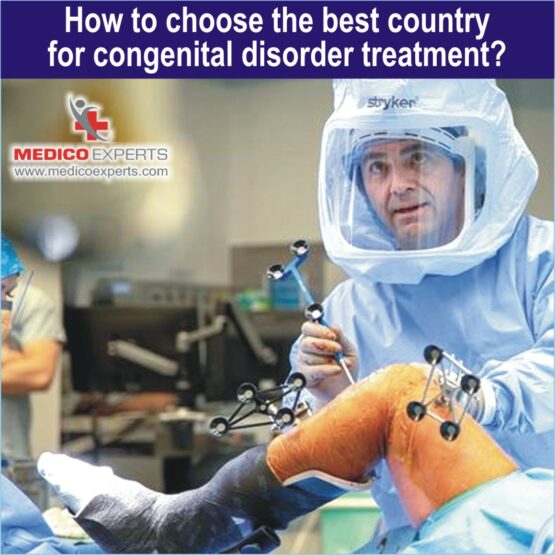
We can understand seeing your child in distress is not a pleasant feeling for any parent. Moreover seeing your newborn struggle with a birth defect may be heart-wrenching for any parent. But you can overcome the pain by giving your child proper treatment.
However, the cost of treatment may make it difficult for us to decide where to get the treatment done. If you are looking for a country for treating your child for a birth disorder try considering a country that offers world-class treatment at an affordable price like India.
India has emerged as a favorite destination for treating various birth defects like congenital heart disease, cleft lip, cleft palate etc.
Also, the cost of treatment in India is almost half of what it would cost you in western nations.
The cost of treating the most common birth defect in India is:
| Name of the disorder | Cost in India (in USD) |
| Congenital Heart Disease | 3,800-7,000 |
| Hypospadias | 1,500-5,500 |
| Down syndrome | N/A |
| Cleft palate | 2,500-3,500 |
| Cleft Lip | 500-3,000 |
| Cleft palate and cleft lip | 3,000-6,500 |
| Cost of getting an artificial limb | 4,000-6,000 |
| Gastroschisis | 5,000-7,000 |
| Microphthalmia and anophthalmia | N/A |
| Spina bifida | 6,000-7,500 |
However, the cost of the treatment may vary depending on various factors like the city, doctor, and the hospital you have chosen. Also, the location of the defect may affect the cost of the treatment.
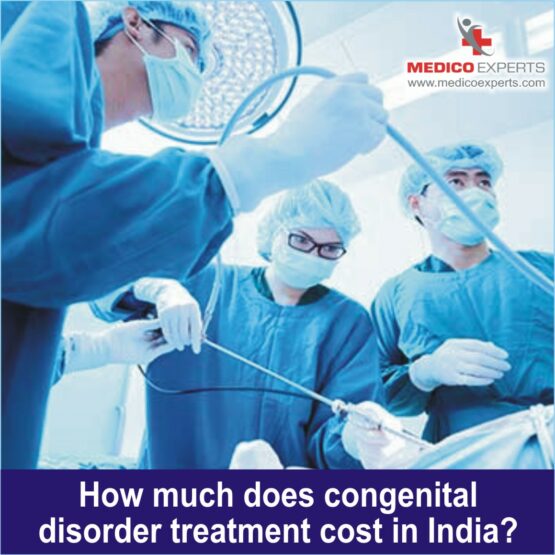
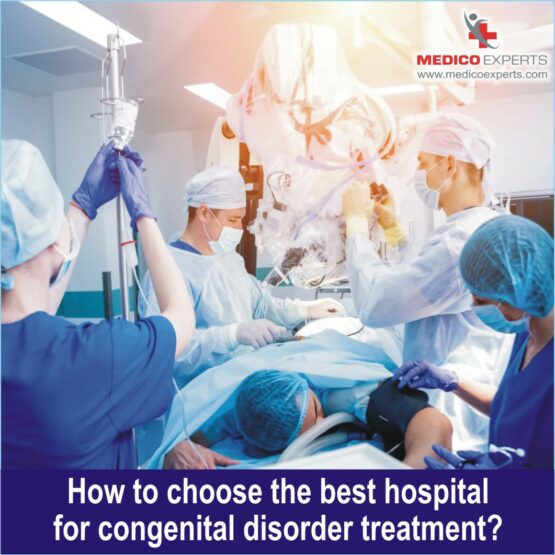
India offers you several options to choose from while selecting a hospital. But we recommend you opt for a hospital that has JCI and NABH accreditation. This accreditation ensures that the hospital you have chosen offers you world-class facilities.
Apart from this, you must also ensure that the chosen hospital has a well-dedicated post-care team to tend to your child after the procedure.
Also, you must ensure that the hospital has a dedicated pediatric ward where your child gets proper care before and after the procedure.
Choosing a doctor for your child’s treatment is a difficult yet one of the most important decisions you have to make.
While it is you who have to take the final call on choosing the doctor here are a few tips that can help you select one:
- Choose a board-certified doctor
- Select a doctor who has experience and expertise in treating the condition you want your doctor to manage.
- Opt for a doctor with whom you feel comfortable
- Choose a doctor who has a high success rate for the procedure you are willing to undergo
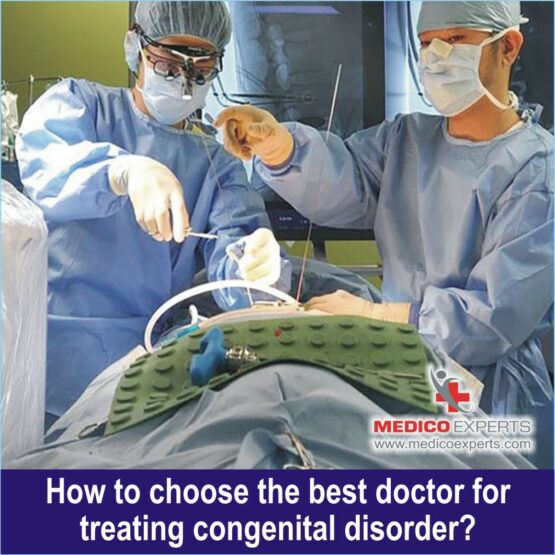
Frequently Asked Questions and patient concerns:
1. Why does incest cause congenital disorder?
Incest restricts the gene pool, and the constrained gene pool can cause the recessive genes to exhibit themselves. Usually, the expression of these recessive genes can cause congenital disorder.
2. What is the global prevalence of congenital anomalies (birth defects)?
According to the national health portal of India around 7.9 million children are born every year with birth defects.
Generally, the prevalence of birth defects is high in countries with low or medium income.
3. What healthy choices can you make to prevent birth defects?
Birth defects can be avoided to some extent by following healthy choices. Some of these choices include:
- Eating healthy and nutritious food. Expecting women must eat folate-rich food. Doctors suggest eating at least 400 mcg of folic acid every day by pregnant women.
- Avoid alcohol, cigarettes and other harmful drugs while you are expecting.
- Limit your exposure to harmful radiation, heavy metals and chemicals like pesticides.
- Maintain a healthy weight also if you have diabetes make sure that your blood glucose levels are within normal range.
- Get yourself vaccinated before planning a baby
- Avoid going to places where there is an outbreak of viruses like the Zika virus.
4. Do breech babies have congenital defects?
It is a common misconception that breech babies have congenital defects. Studies indicate that 93% of babies born with breech presentation do have any birth defect.
5. Is congenital defect hereditary?
Yes, congenital disorders are generally hereditary. The disorder can frequently or infrequently exhibited in the offspring.
Best congenital disorders treatment Hospitals in India
Our associate hospitals are JCI, ISO and NABH accredited and equipped with the latest innovation and technologies in congenital disorders . These multi-speciality hospitals have strict patient-care protocol and follow western standards of excellence and healthcare. Some of the best hospitals for congenital disorders in India are as follows:
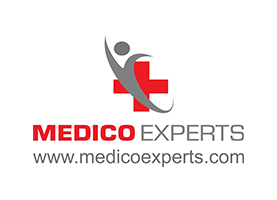
MedicoExperts is a Global virtual hospital which is established to offer quality healthcare services at affordable pricing without compromising the success rates of the treatment.
MedicoExperts is having a network of highly experienced super specialist doctors and well equipped hospitals across the globe and offering second opinion through online video consultation and surgical interventions through its empanelled super specialist doctors at its network hospitals in 17 countries from 3 continents.
By the virtue of its approach and model, MedicoExperts is successfully achieve to deliver
- Latest and most advanced treatments with success rates of international benchmarks.
- Multiple cost options depending upon the hospital facilities, with the same doctor.
- Treatment option in multiple cities/state/countries.
- Trust and peace of mind.
Most suitable for patients who are looking for:-
- Planned Surgeries and treatment from most experienced doctors and at multiple cost options as per hospital facilities with best possible outcomes.
- Second Opinion from expert doctors.
- Complex cases involving multi specialities
- International patients looking for treatment from Indian doctors

Author Bio:
Dr. Ashita Nandgaonkar – BHMS, MS in psychological counseling
Dr. Ashita Nandgaonkar is a highly esteemed homeopathic doctor with a passion for holistic healing and patient-centered care. Dr. Nandgaonkar remains dedicated to raising awareness about the benefits of homeopathy and promoting its integration into mainstream healthcare. Her mission is to empower individuals on their journey to health and wellness, embracing the holistic approach that homeopathy offers. She has a special interest in researching Homeopathic solutions for diseases that are difficult to treat with conventional medicines and therapies.
Content Medically Reviewed By MedicoExperts Editorial & Clinically Review Board



